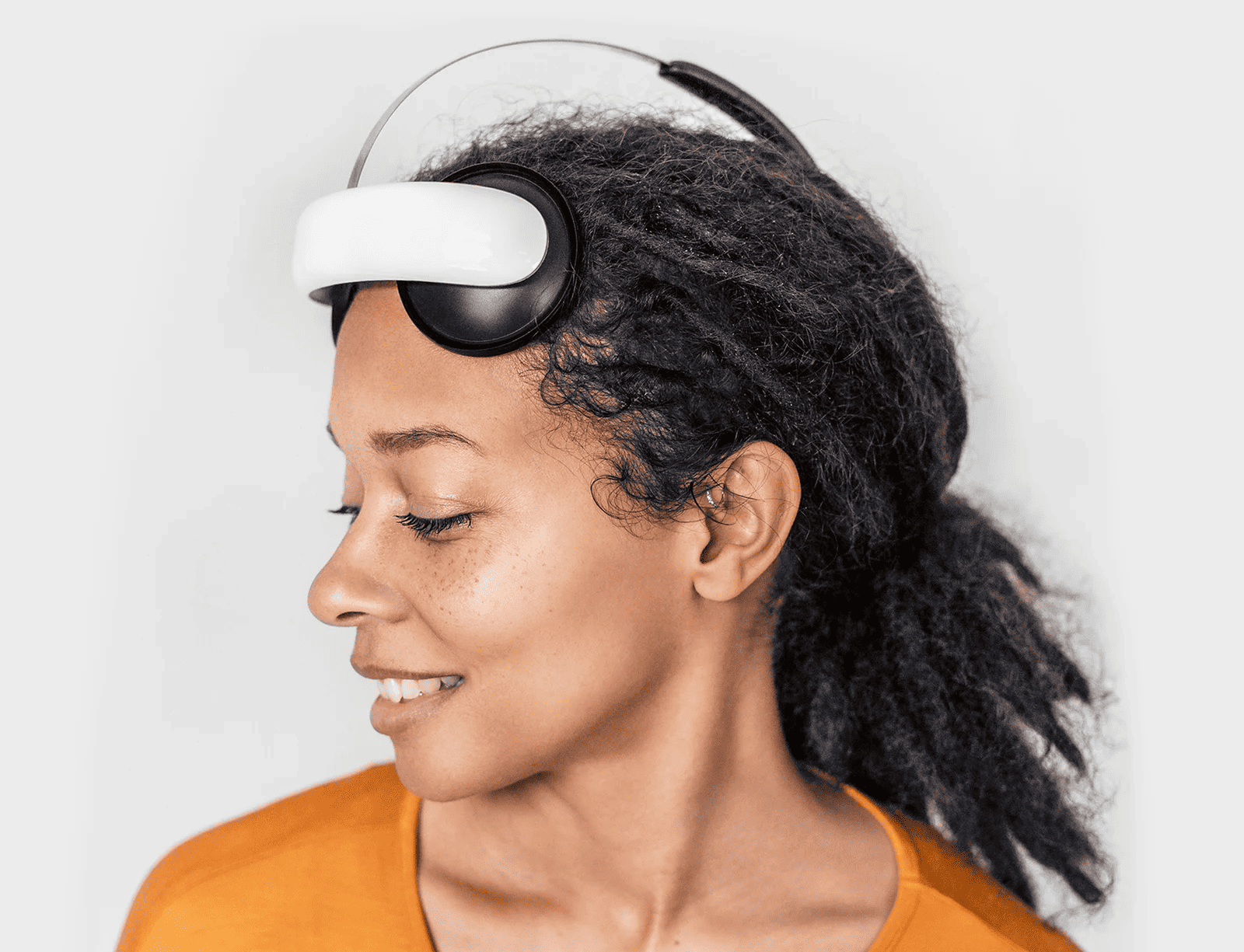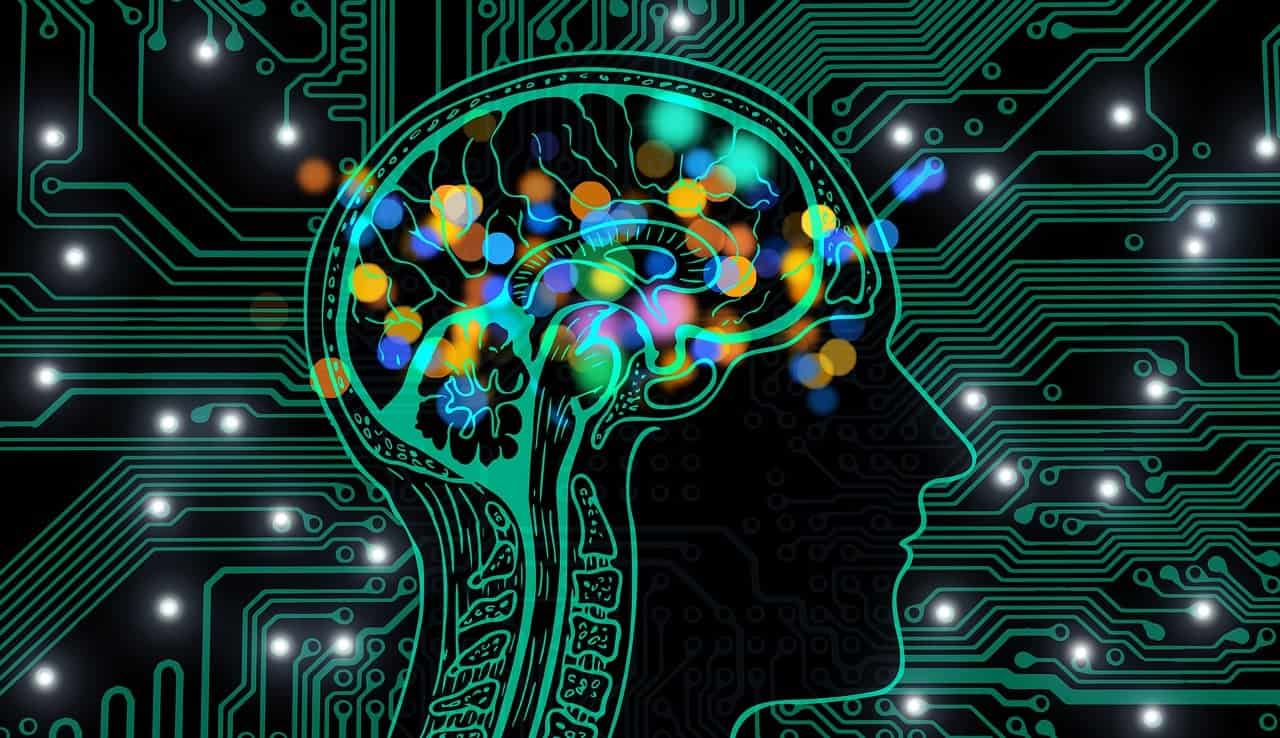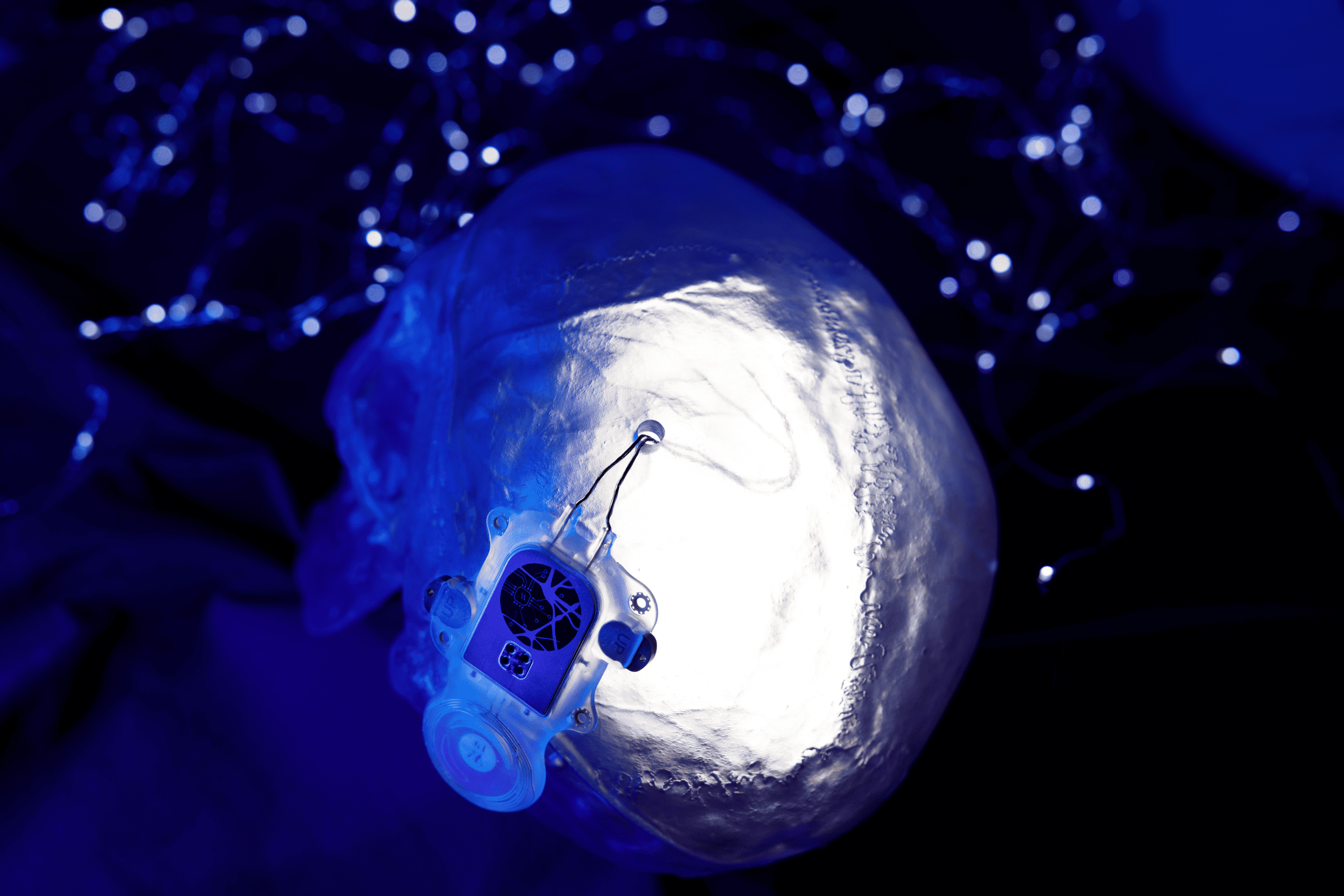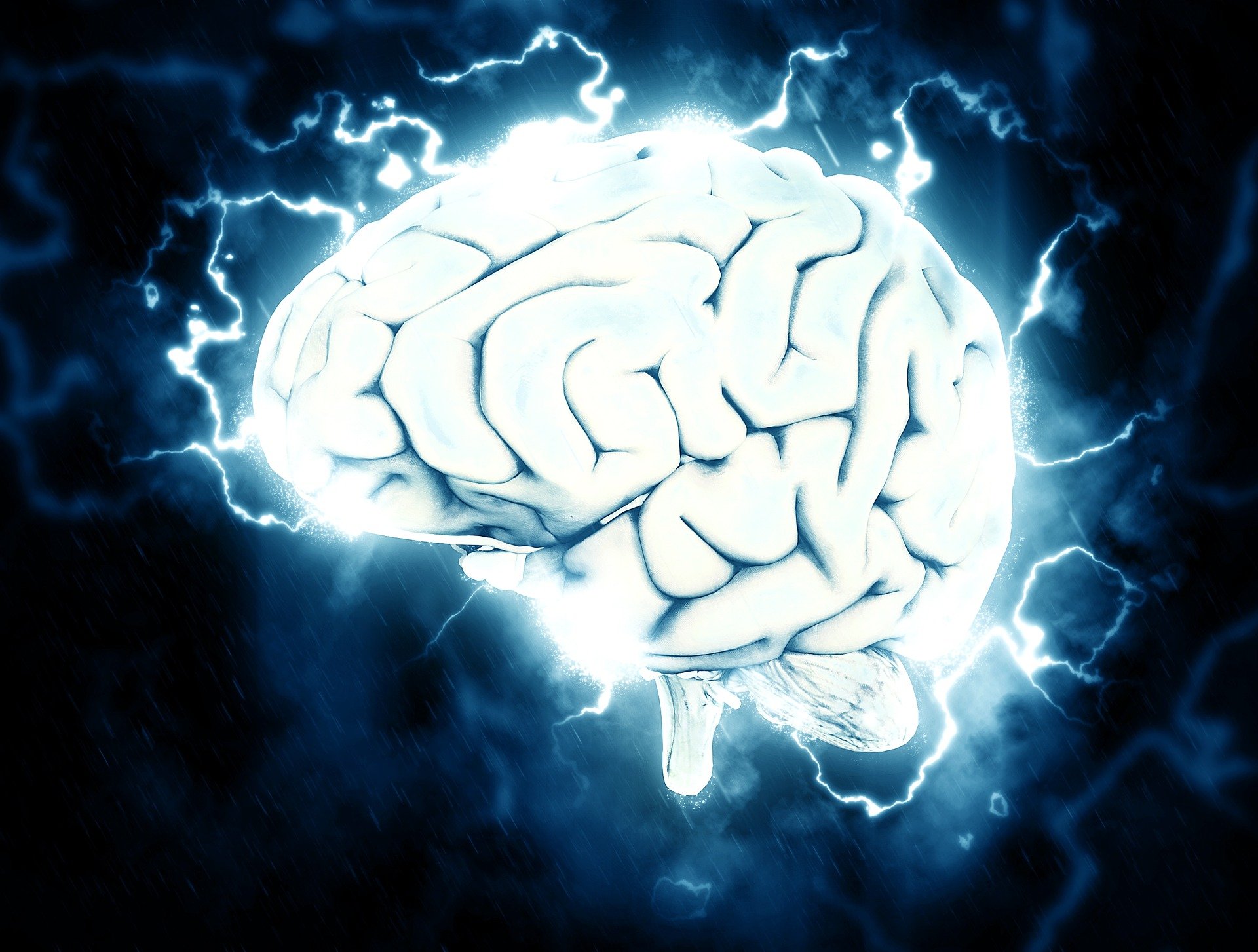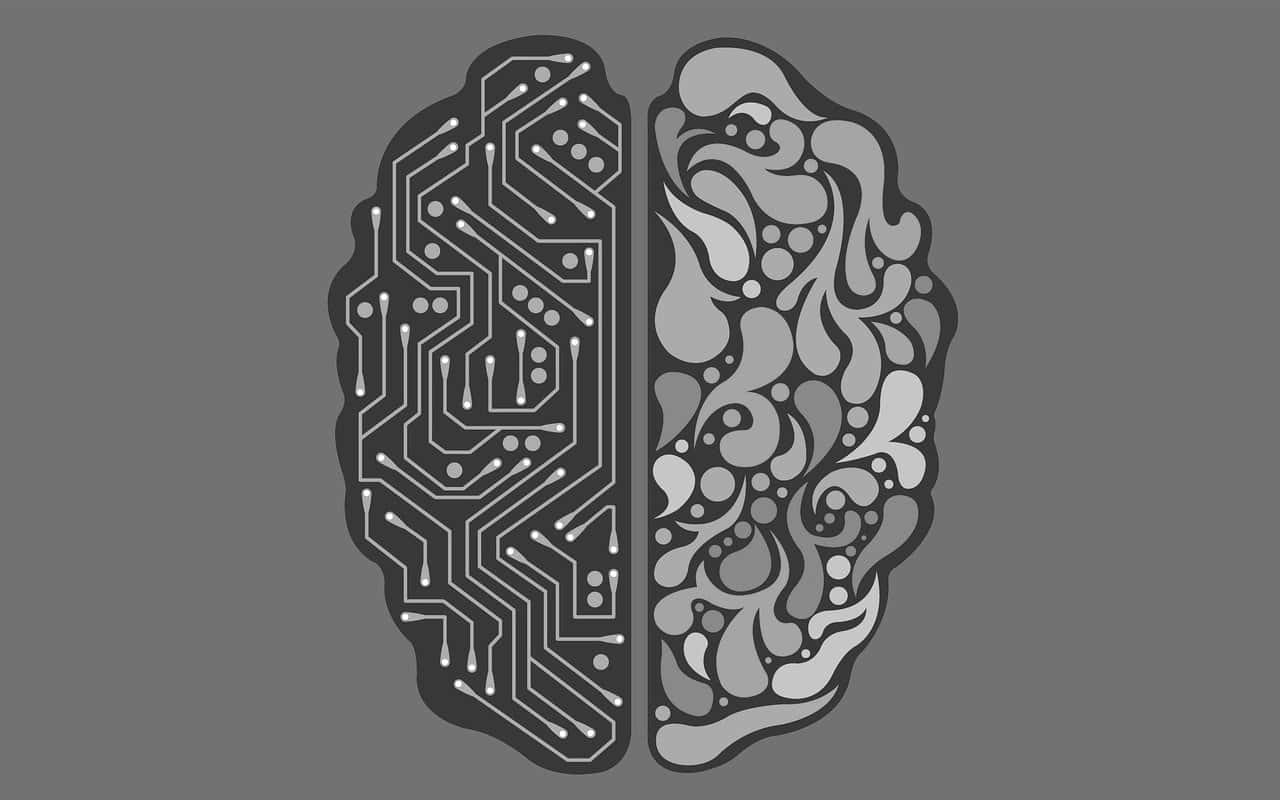
In a groundbreaking study, stroke survivors experienced significant improvement in upper body mobility through deep brain stimulation (DBS), a technique traditionally used for Parkinson’s patients. The research, involving twelve individuals with one-sided upper body weakness, disclosed that nine participants experienced meaningful enhancements in arm and hand movement post-treatment.
- Stroke survivors experienced remarkable upper body mobility improvements through deep brain stimulation (DBS) in a pioneering study;
- DBS involves implanting electrodes emitting mild electrical pulses in the cerebellum to enhance neuron excitability and form new connections, aiding post-stroke motor function;
- Participants displayed tangible enhancements in daily tasks, underscoring DBS’s potential to reshape stroke recovery; concurrent spinal stimulation research also holds promise for mobility restoration.
Unlocking the Potential of Deep Brain Stimulation
The expanding application of Deep Brain Stimulation (DBS) presents a new frontier in the treatment of mobility issues post-stroke. Originating as a treatment for Parkinson’s disease, DBS has been successfully adapted to aid stroke survivors in regaining lost mobility. The study, published in Nature Medicine, involved a group of twelve stroke patients who had experienced weakness in one side of their upper body.
The DBS procedure involves the surgical implantation of electrodes into the cerebellum – the part of the brain that plays a significant role in motor control. These electrodes emit mild pulses of electricity, stimulating the brain and increasing the excitability of neurons near the damaged area. This stimulation encourages these neurons to form new connections, potentially bypassing the areas affected by the stroke.
This is an article from IO Next: The Brain. This magazine is full of stories about scientists, entrepreneurs, and innovations share one common goal: to better understand the most complex system there is.
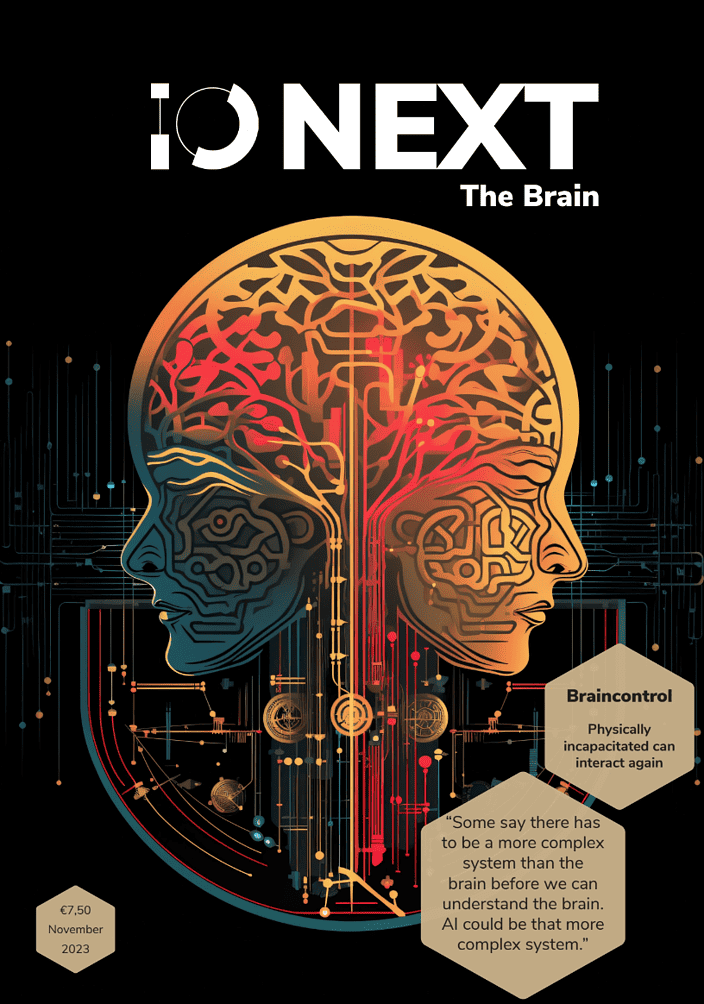
A Hopeful Future for Stroke Survivors
Post-surgery, patients underwent two months of physical therapy, followed by four to eight months of electrical stimulation while continuing physical therapy. The results were promising. Nine of the participants experienced significant improvements in hand and arm movement. Furthermore, these improvements were quantifiable, with a median improvement in hand and arm function increasing by seven points after the stimulation was turned on, compared to the modest gains achieved through physical therapy alone.
Moreover, the benefits of DBS were not just statistically significant but also translated into improved daily functioning. Participants found themselves better equipped to perform everyday tasks such as using a comb, picking up a cup, and turning on a light switch. The improved functionality was not temporary, with the benefits of DBS persisting throughout the ten month follow-up period.
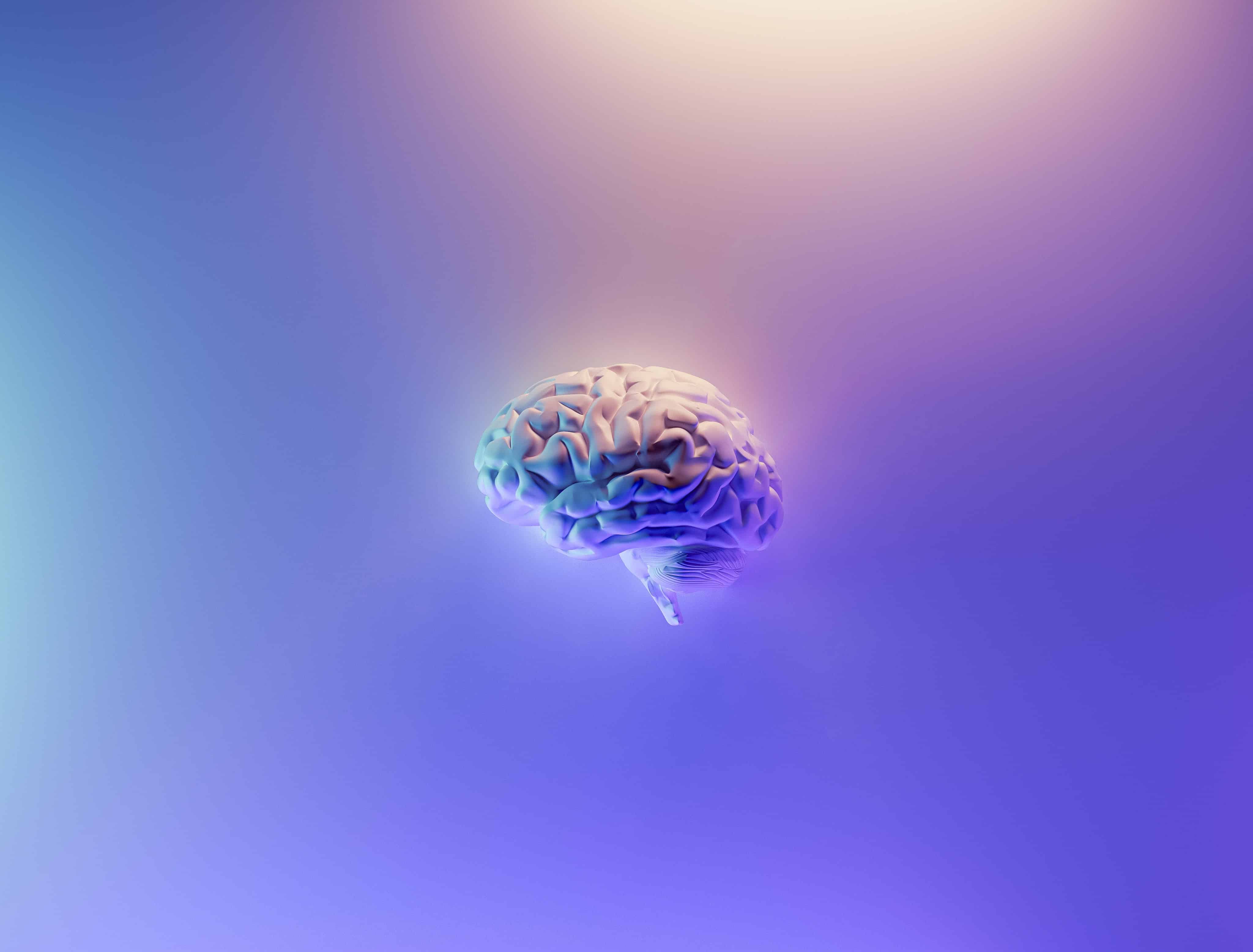
Expanding the Window for Recovery
One of the most encouraging findings of the study was that participants had been disabled for more than a year before the treatment, suggesting that the window for recovery may be longer than previously believed. This is a groundbreaking revelation, offering hope to many stroke survivors who had believed their chance for recovery had passed.
However, it’s important to note that DBS is not a panacea. Severely disabled patients did not benefit as much from the treatment, indicating a potential limit to the effectiveness of DBS. While the study is promising, it underlines the need for further studies to identify which patients would be good candidates for DBS.
DBS and Spinal Stimulation: A Combined Approach
In parallel to the DBS study, researchers are also exploring the potential of spinal stimulation to restore mobility in stroke survivors. This treatment involves implanting a device that sends electrical pulses into the spinal cord, enhancing muscle activation weakened by the stroke. Patients who received continuous electrical stimulation for four hours per day, five days a week, demonstrated improvements in mobility tasks.
The surgery to implant the device is minimally invasive, raising the possibility of wide accessibility. The value of the treatment is crucial in persuading insurance companies to cover it, and early results are promising.
Walking the Road to Recovery
The stroke survivors who participated in these studies expressed hope that more people would benefit from DBS and spinal stimulation research in the future. While there are still limitations to overcome, such as the less effective results in severely disabled patients, the use of brain implants to restore mobility after a stroke paints a hopeful picture for the future of stroke recovery. As research continues, the effectiveness of these treatments is expected to improve, potentially changing the lives of many stroke survivors.



